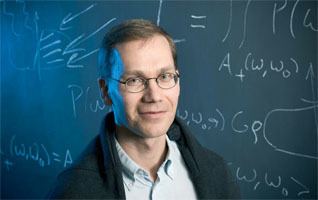Name Mikko Kaasalainen | ||
 | ||
Finland open 2014 pd open lat solo chacha mikko kaasalainen adrienn fitori
Mikko K.J. Kaasalainen is a Finnish applied mathematician and mathematical physicist. He is professor of mathematics at the department of mathematics at Tampere University of Technology. Kaasalainen has mostly worked on inverse problems and their applications especially in astrophysics, as well as on dynamical systems.
Contents
- Finland open 2014 pd open lat solo chacha mikko kaasalainen adrienn fitori
- Mikko kaasalainen adrienn fitori 1 4 jive
- Education and career
- Research
- References

Mikko kaasalainen adrienn fitori 1 4 jive
Education and career
Kaasalainen received an MSc in theoretical physics at the University of Helsinki in 1990, moving shortly afterwards to Merton College, Oxford where he completed his DPhil in theoretical physics in 1994, supervised by James Binney. After a series of post-doctoral and senior positions in Europe, he moved to the University of Helsinki and to his present institute in 2009. He leads a research group in the Finnish Centre of Excellence in Inverse Problems Research.
Kaasalainen was awarded the first Pertti Lindfors prize of the Finnish Inverse Problems Society in 2001. The asteroid 16007 Kaasalainen is named in his honour.
Research
Kaasalainen's research interests mostly focus on mathematical modelling in various fields ranging from remote sensing and space research to planetary and galactic dynamics. Typically, the models and mathematical methods Kaasalainen has developed with his colleagues are connected with inverse problems. Two such topics feature prominently in Kaasalainen's research:
